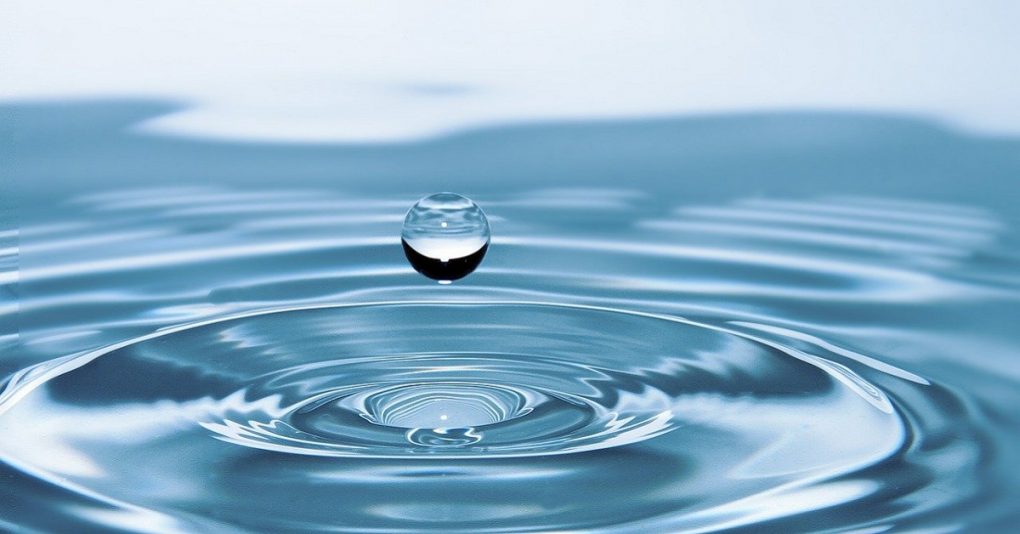
The Importance of Having Clean Water
You need water to survive. The human body uses water in so many ways, you can’t perform your day to day duties and responsibilities if you don’t stay hydrated. Here are just a couple ways that your body uses the water you drink.
Water
- Regulates your body temperature
- Protects your organs and tissues
- Carries important nutrients and oxygen to your cells
As I said before, you need to stay hydrated just to carry out your normal everyday responsibilities. So how much more important is it to stay hydrated with clean drinking water when you are in a situation where your life may be on the line. I’m going to tell you 5 ways you can purify water in a survival situation.
- Boiling
Boiling water is the easiest way to purify water in the wild. You only need three ingredients. Water, a container, and a source of heat, most likely fire. To effectively kill bacteria, you will need to maintain a steady boil for about 10 minutes. Opinions differ on how long it takes for all bacteria to be killed when boiling water, but you can never boil for too long.
Remember that water boils at a lower temperature at higher elevations. So if you are ever stranded in a high elevation area, you will need to boil the water for longer.
- Chemical Treatment
Chemical treatment is another viable option for sanitizing bacteria filled water. A few options include, iodine, hydrogen peroxide, sodium chlorite, and bleach. Some of these chemicals can be bought in tablet form meant for sanitizing dirty water. Make sure you use the correct amount of tablets for the water you are sanitizing.
- Bleach
-
- Using bleach to sanitize water can be dangerous if you don’t execute the process correctly. Mix 1/8 of a teaspoon in a gallon of water, shake, and let sit for at least 30 minutes.
- Iodine
-
- Mix 5-10 drops of 2% tincture of iodine in 1 liter of water and let sit for 30 minutes minimum.
- Portable Filters
Some people prefer portable filters bought off the market. These filters work very well, and it’s a good idea to have one in your survival bag. Commercial purifiers come in all shapes and sizes, from a straw with a built-in filter to a water bottle filtration system to the typical, everyday water pitcher. Keep in mind that these filters can generally handle most bacteria, but they can’t all kill viruses.
- Natural Purification
This is one of the easiest methods on this list, but keep in mind, this method does not guarantee that bacteria and microorganism will be filtered out of your water. The way this process works is with natural materials such as sand or soil. Place your shirt or another piece of microfiber cloth over the top of your container. Place your natural material on the shirt, and pour the dirty water through. You can do this multiple times to ensure you are getting everything you can out of the water.
Another possible method, if you don’t have a container, is to make a filter with the natural materials already on the ground. Dig a hole in the dirt or sand near your water source, and drink the water that seeps into the hole from the water source. Remember that these strategies may not be completely effective at removing bacteria.
- Distilling
Building a solar still can make some of the cleanest water available when in a survival situation. A solar still works by collecting water vapor, and I’m going to tell you how to build one. Begin by digging a large hole in an area that gets lots of sun. Place your water container in the middle of the hole. Place clear plastic over the hole, secured by rocks or stakes, and then place a rock in the middle of the plastic sheet, so that the plastic is pointing downwards towards the container. The heat from the sun will evaporate the water in the soil, and the water vapor will collect on the plastic sheet, dripping down the sides and into the water container. Add some vegetation or even dirty water to the solar still to increase the amount of water you collect. This method provides clean water, but it takes time.

